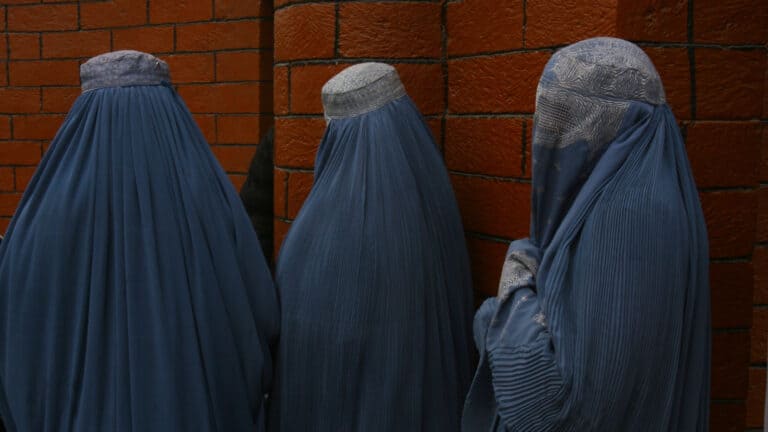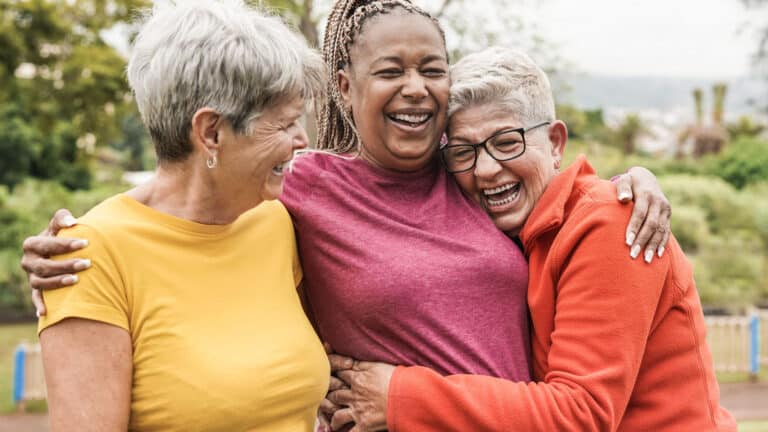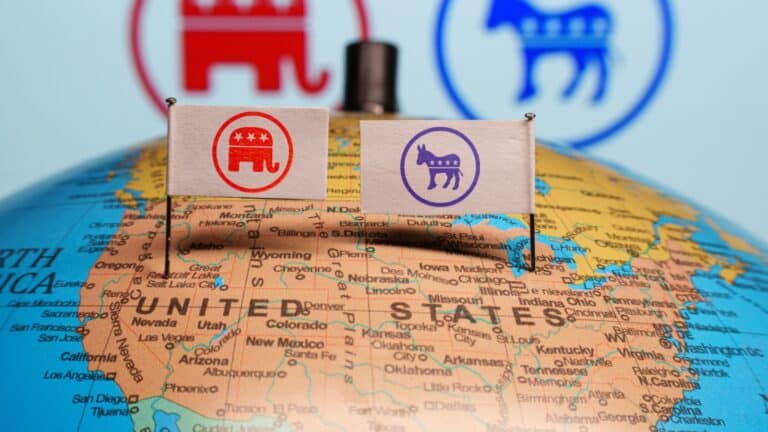Breaking the 1950s Illusion: Why Women Are Not Going Back
The 1950s are often idealized as a golden age for women, with images of perfectly groomed housewives tending to their families in spotless homes. This era is frequently romanticized as a time when women were fulfilled by their roles as wives and mothers, supposedly embodying the epitome of femininity and domestic bliss. However, this nostalgic view overlooks the restrictive social norms, lack of personal freedom, and limited opportunities that defined the lives of many women during that time.
Today, women are rejecting this unrealistic portrayal often reflected in conservative policies and talking points and are not interested in returning to an era that prioritized conformity over individuality. Instead, they are embracing diverse paths that allow them to define their own identities and pursue lives that align with their values and aspirations.
What Was The Reality?

However, the reality for many women during this decade was far from ideal. We don’t talk enough about the harsh realities that 1950s women faced.
Lack of Financial Independence

Women in the 1950s had minimal financial autonomy. Most women were expected to be homemakers rather than pursue careers. Choosing motherhood over a career is a valid choice, but in the ‘50s, there was no choice.
Those who did work often faced significant wage discrimination. Married women typically could not open their own bank accounts or obtain credit cards without their husband’s permission.
Women gained the right to apply for credit cards in their own name and open bank accounts without a male co-signer in the 1960s and 70s:
- 1960s: Women gained the right to open bank accounts.
- 1974: The Equal Credit Opportunity Act (ECOA) was passed, making it illegal for financial institutions to discriminate against applicants based on gender, race, religion, or national origin. This allowed women to apply for credit cards and loans in their own name, regardless of marital status.
Before the ECOA, women often needed a male co-signer, such as their husband, father, or brother, to apply for credit cards or loans. Banks would also ask women intrusive questions, such as if they were married or planned to have children
Domestic Violence With No Recourse
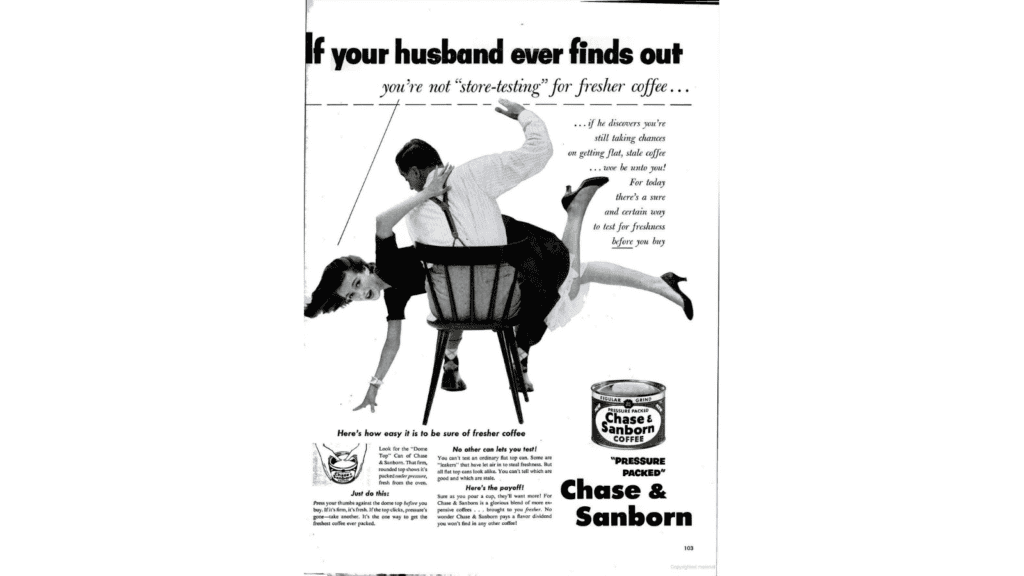
Domestic abuse was rampant in the 1950s, but women had few legal protections. Police often dismissed reports of domestic violence as private family matters. Neighbors would turn the other cheek if they heard violent disputes next door. Women would help one another cover up bruises and black eyes as if they were pimples.
Abused women had limited options to leave their situations due to financial dependence on their husbands, forcing many to live their entire lives in a dangerous situation.
In 1969, under the leadership of then-Governor Ronald Reagan, California took a significant step toward advancing women’s equality by enacting the nation’s first no-fault divorce law. This groundbreaking legislation allowed couples to divorce by mutual consent, without the need to prove spousal wrongdoing. Before this law, in California and the other 49 states, a spouse had to demonstrate that their partner was at fault for the breakdown of the marriage in order to be granted a divorce. The passage of California’s no-fault divorce law led to a dramatic increase in divorce filings, particularly among women who were finally able to seek a legal end to their marriages without having to prove fault.
Restricted Reproductive Rights

Birth control was illegal in many states until 1965, and women had little control over their reproductive choices. Abortion was outlawed entirely. This left many women trapped in a cycle of repeated pregnancies and childbirths.
There were little to no ways for women to have protected sex, which would’ve allowed them to be sexual without it resulting in a baby every time. Furthermore, for many women in abusive situations, rejecting sex was not an option. Today, we call that rape. Back then, they called it “marital duties.”
Women in the United States gained the legal right to an abortion in 1973 with the Supreme Court’s landmark decision in Roe v. Wade. The Court ruled that a woman’s right to choose to have an abortion was protected under the Constitution, specifically under the right to privacy implied by the Due Process Clause of the 14th Amendment. This decision effectively legalized abortion nationwide, though the extent of access and regulation has continued to vary by state and has been the subject of ongoing legal and political debate. See this article: Choosing Where to Be Pregnant: Which States Are Conducive To Safe Pregnancy
Sexual Assault Blamed on Victims
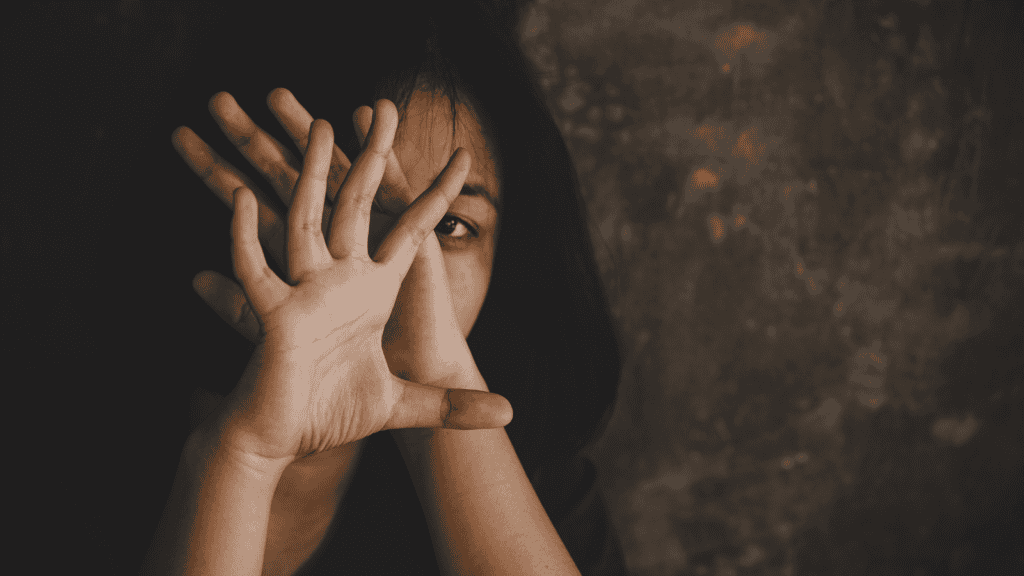
Sexual assault and rape were severely underreported crimes. When assaults were reported, women were often blamed for “asking for it” based on their clothing or behavior. Marital rape was not even considered a crime. As mentioned, it was simply viewed as women “doing their job” as a wife, which is sickening.
It’s troubling that some young women wish they were 1950s housewives. They imagine an idealized version of baking cookies and wearing charming dresses, which ignores the more problematic reality of many women suffering in unsafe marriages.
Marital rape began to be recognized as a crime in the United States in the 1970s. Before this time, most states adhered to the common law principle that a husband could not be charged with raping his wife, as marriage was seen as granting ongoing sexual consent. In 1976, Nebraska became the first state to remove the marital rape exemption from its laws. Over the following decades, other states gradually followed suit. By 1993, marital rape was considered a crime in all 50 states, although the laws and penalties varied widely. However, some states still imposed different or lesser penalties for marital rape compared to other forms of rape, and these disparities have continued to be addressed over time.
Limited Educational Opportunities
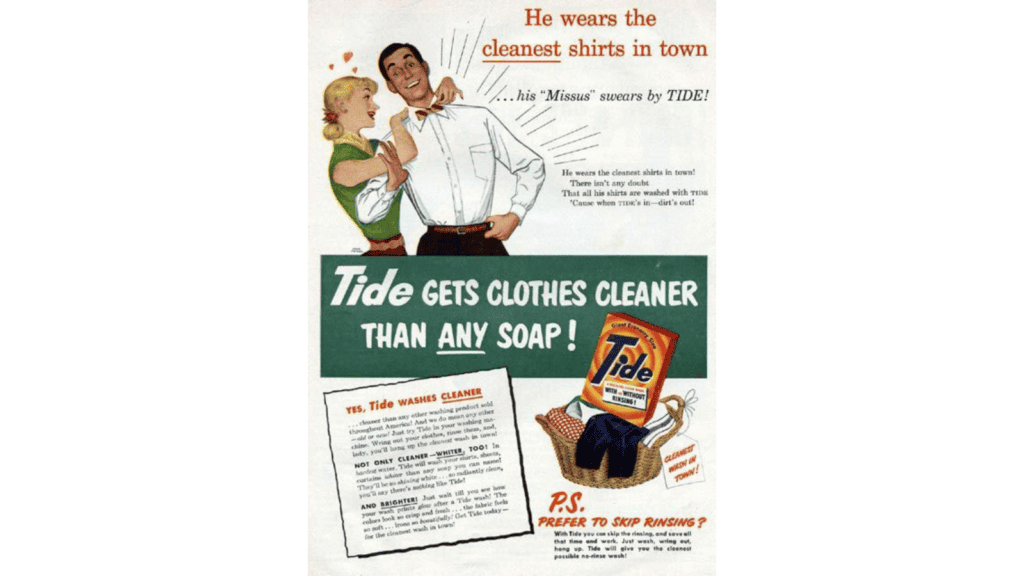
While more women attended college in the 1950s than in previous decades, they were often there to obtain their “MRS degree” – i.e. to find a husband. No, that is not a joke. Women would go to college to find a husband, or at least occupy themselves until a husband came along.
Many academic and professional programs were closed to women entirely, and their education was not taken seriously. They learned etiquette more than economics or algebra.
It wasn’t until 1969 that the Ivy League schools, which were among the last holdouts, began opening their doors to women. Yale and Princeton admitted their first female students in 1969, and Harvard followed in 1977 when it fully integrated with Radcliffe College.
Pressure to Maintain a Perfect Home
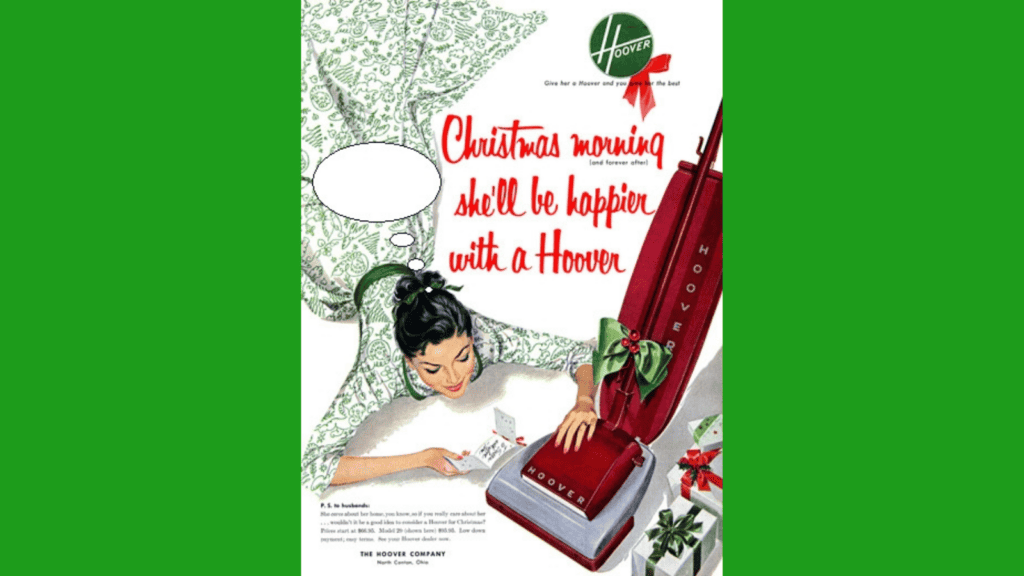
Women faced immense societal pressure to be the perfect housewife and mother. They were expected to keep an immaculate home, prepare elaborate meals, and always look perfectly put together—all while raising multiple children.
While plenty of people take pride in keeping a lovely home, it’s not seen as a character flaw if you don’t vacuum daily. In the 1950s, burning a meatloaf or letting the bookshelf get dusty made a woman a failure in some people’s eyes.
Mental Health Issues Ignored
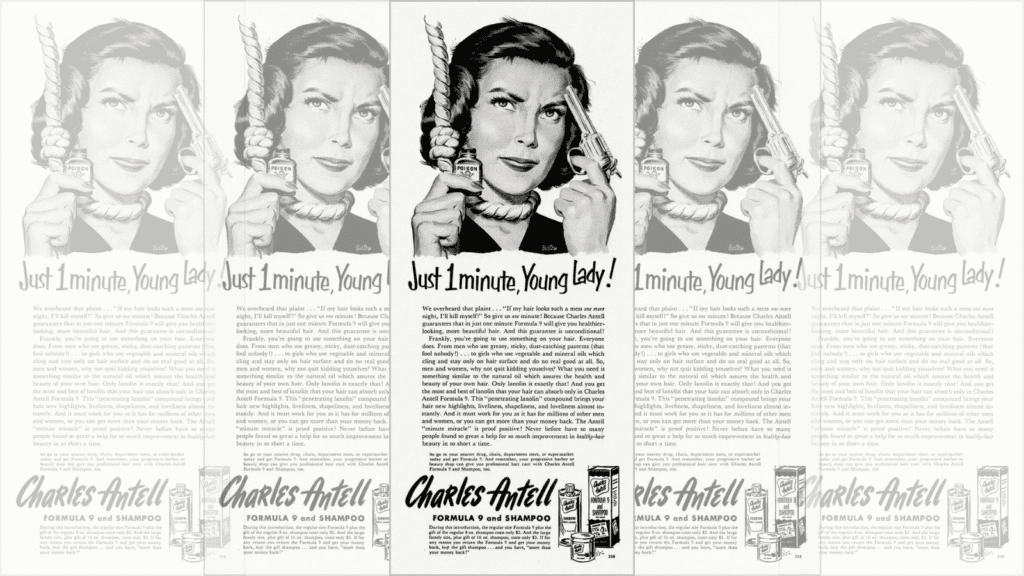
Depression and anxiety were common among housewives but often dismissed as “female hysteria.” Considering all the awful conditions and expectations we’ve already discussed, it’s not surprising they were struggling with their mental state.
Mental health treatment for women was limited, and many were prescribed tranquilizers to numb their unhappiness. These drugs turned them into zombies, removing any joy, emotion, or autonomy from them.
However, it was not until the latter part of the 20th century that the connection between hormones and mental health was fully recognized and became a significant area of research, leading to a better understanding of how hormones like estrogen, progesterone, and testosterone can influence mental well-being.
Loss and Lack of Identity
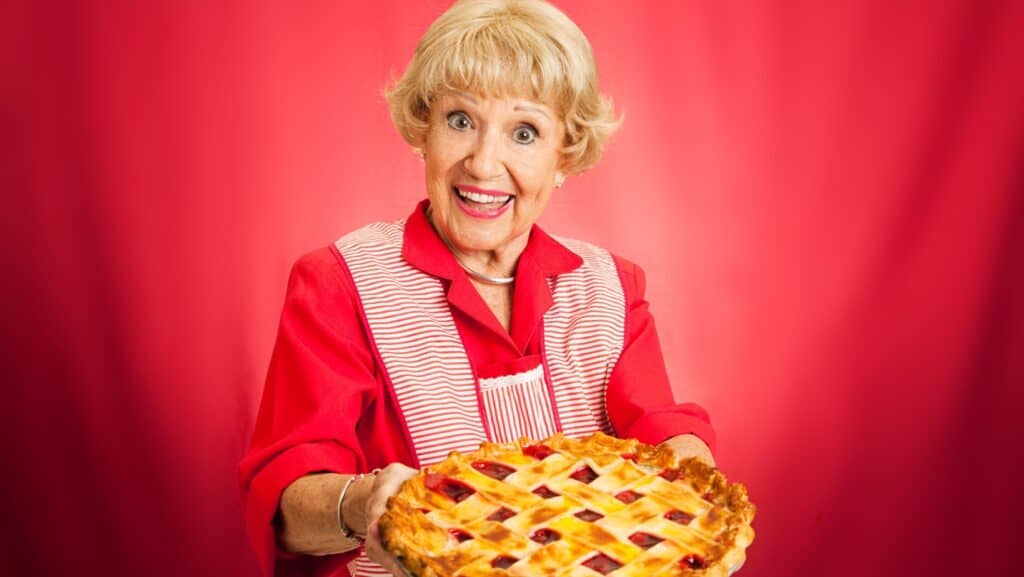
Upon marriage, women were expected to subsume their identity into that of their husbands. They would take his last name and be referred to as “Mrs. John Smith” rather than by their name. Many women still take their husbands’ last names, but losing their first names as well and becoming nothing but a “Mrs. X” contributed to the experience of invisibility, both personally and in the context of society.
In the United States, studies have shown that the percentage of women who keep their maiden name after marriage has fluctuated over the years.
In the 1970s, around 17% of women kept their own name. This number increased to about 20-25% by the 1980s and 1990s. In recent years, the percentage has stabilized, with studies suggesting that approximately 20-30% of married women in the U.S. choose to keep their own name.
These numbers can vary significantly based on education level, profession, and personal beliefs, with higher percentages among women with advanced degrees or professional careers.
Is Vacuuming A Domestic “Goal”?
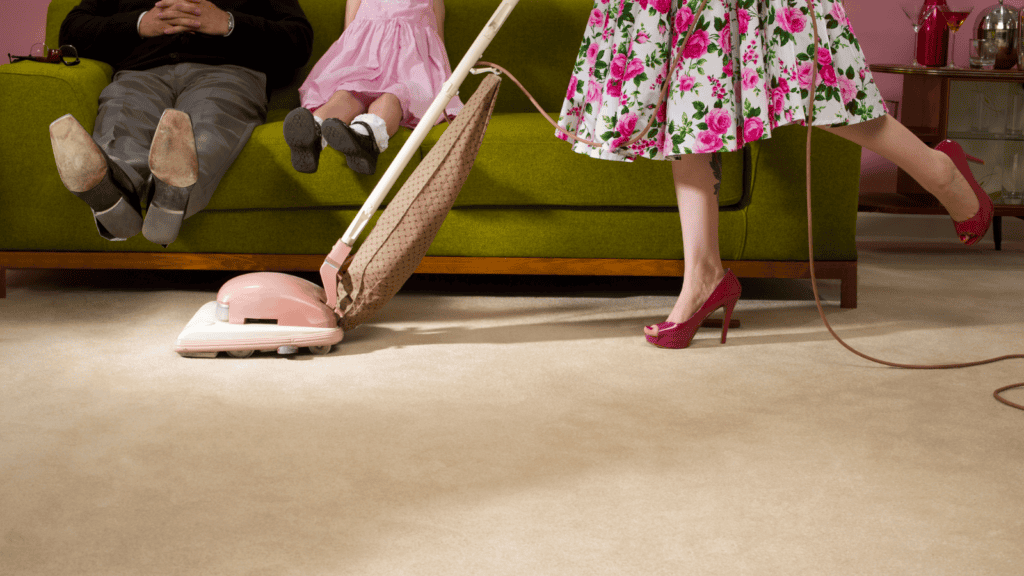
Women were not encouraged to be confident in themselves, practice reflection, or find themselves in any way. Their sole goals were to find a husband, keep a clean house, have babies, and bake pies.
Racial Discrimination

For women of color, all of these issues were compounded by racial discrimination. African American women were largely excluded from the idealized image of 1950s domesticity portrayed in popular culture.
Most women who fantasize about going back to this decade are white, as most modern black women know how awful the circumstances were back then. But white women frequently overlook this aspect of the decade, which says a lot about the lack of understanding concerning the reality of the ‘50s.
No Legal Protection from Workplace Harassment

Sexual harassment in the workplace was rampant, and there were no laws protecting women. Women who complained often faced retaliation or job loss.
Being a 1950s woman in the working world was hard enough. Women were not given opportunities to begin careers. Imagine being this brave woman who manages to build a career and be somewhat independent, only to be treated like meat at the office.
Laws protecting women from sexual harassment in the workplace began to take shape in the United States in the 1960s and 1970s. The key milestone was the passage of Title VII of the Civil Rights Act of 1964, which made it illegal to discriminate against someone on the basis of sex, among other categories, in employment. This law laid the groundwork for addressing sexual harassment as a form of sex discrimination.
However, it wasn’t until the late 1970s and early 1980s that sexual harassment was explicitly recognized as a violation of Title VII. In 1977, a federal court in Barnes v. Train ruled that sexual harassment constituted sex discrimination under Title VII. Then, in 1980, the Equal Employment Opportunity Commission (EEOC) issued guidelines that defined sexual harassment and clarified that it was a form of discrimination prohibited by Title VII.
The U.S. Supreme Court further solidified these protections in the landmark 1986 case Meritor Savings Bank v. Vinson, which recognized hostile work environment sexual harassment as a violation of Title VII. This case was pivotal in establishing legal precedents for how sexual harassment cases would be handled in the workplace.
Thank Goodness for Feminism

While some women found happiness and fulfillment in the 1950s, it’s important to recognize the real challenges and injustices that many faced during this era. The decade was far from the picture-perfect time often portrayed in nostalgic media.
Many modern women who reject feminist ideals don’t realize that the seemingly simple and inherent rights — such as having a bank account or driving a car — we have today were only given to us thanks to those who fought for equality. And we’re still far from it, so let’s stop romanticizing an era that oppressed women. And just to be clear: We Are Not Going Back.
How Women Voters Will Shape the 2024 Election
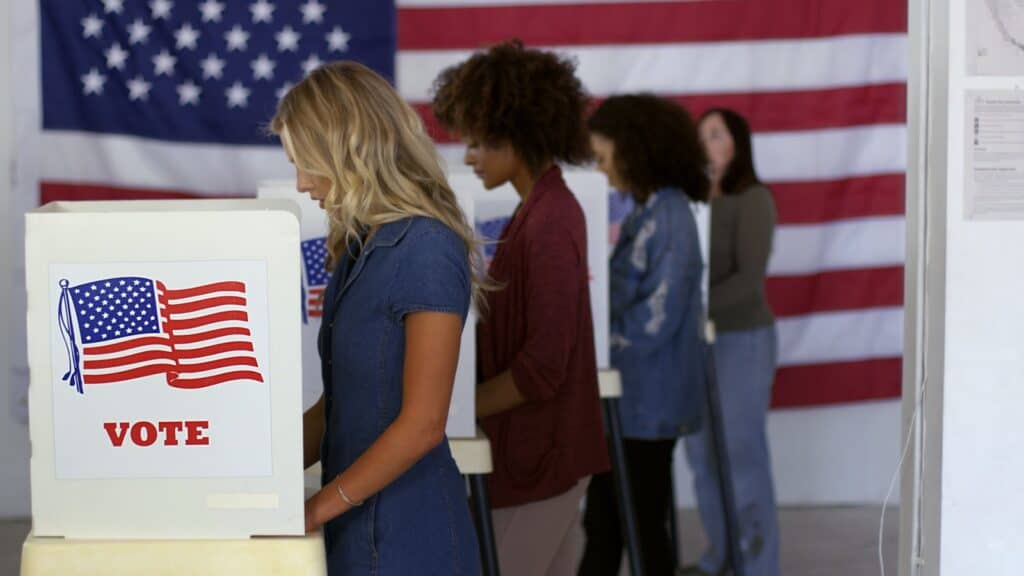
As the 2024 election approaches, the role of women voters is more critical than ever. Women have consistently turned out to vote at higher rates than men, and their influence is expected to be a decisive factor in the upcoming election. Here’s a closer look at how women voters will shape the 2024 election and insights from experts on the gender gap in politics.
READ: How Women Voters Will Shape the 2024 Election
Experts Reveal The Alarming Truth About Adult Bullying

Until recently, anti-bullying advocacy has focused primarily on youth. However, adult bullying is on the rise and poses significant risks to our collective mental and physical well-being. As a journalist who has experienced online bullying for years, I sought to better understand the nature and impact of this rise and what, if anything, we can do about it. This article for The Queen Zone results from a series of interviews I conducted with experts in this field. READ: Experts Reveal The Alarming Truth About Adult Bullying
Join Us

Join us on this empowering journey as we explore, celebrate, and elevate “her story.” The Queen Zone is not just a platform; it’s a community where women from all walks of life can come together, share their experiences, and inspire one another. Welcome to a space where the female experience takes center stage. Sign up for our newsletter so you don’t miss a thing, Queen!




